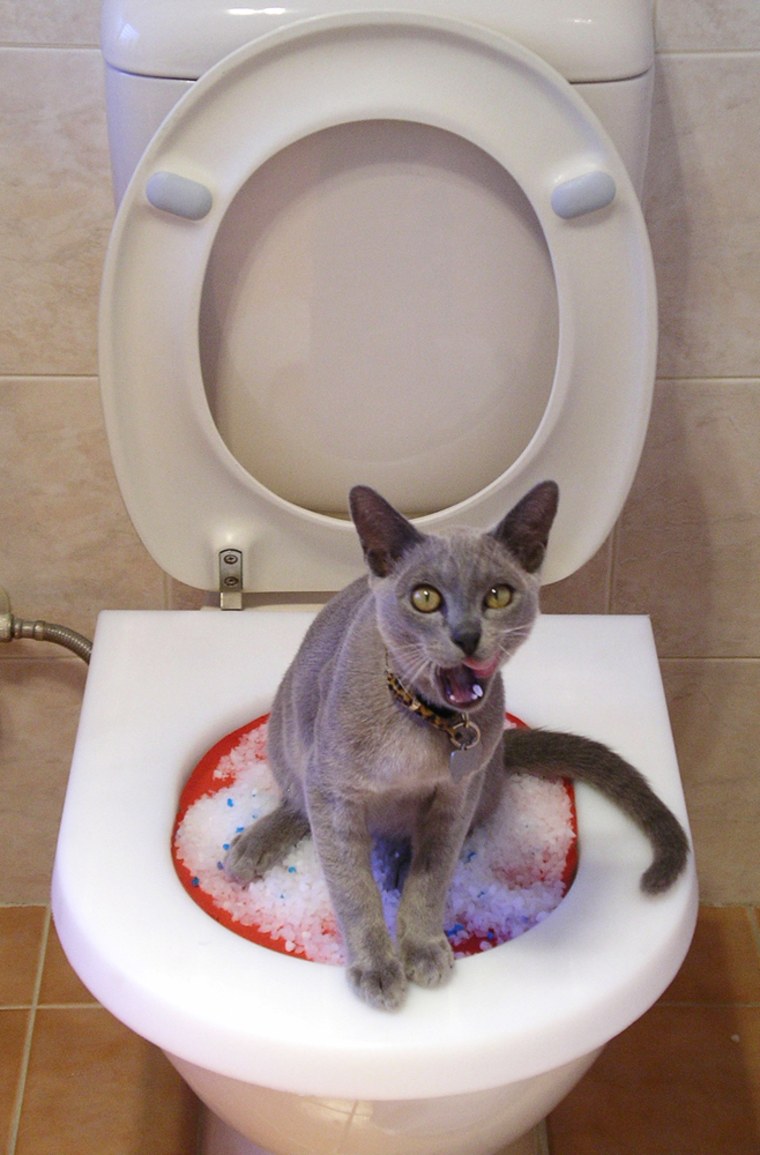The Dangers of Flushing Cat Poop Down Your Toilet - Tips for Safer Disposal
The Dangers of Flushing Cat Poop Down Your Toilet - Tips for Safer Disposal
Blog Article
On this page down the page you'll find some professional content regarding Can You Flush Cat Poo or Litter Down the Toilet?.

Intro
As pet cat owners, it's necessary to bear in mind exactly how we throw away our feline close friends' waste. While it might seem hassle-free to purge cat poop down the toilet, this technique can have destructive repercussions for both the environment and human health and wellness.
Environmental Impact
Flushing cat poop presents hazardous pathogens and bloodsuckers right into the water, positioning a considerable risk to aquatic ecosystems. These impurities can negatively affect marine life and compromise water high quality.
Health and wellness Risks
In addition to environmental concerns, purging pet cat waste can also position wellness dangers to human beings. Feline feces might consist of Toxoplasma gondii, a bloodsucker that can trigger toxoplasmosis-- a potentially serious illness, particularly for pregnant females and people with damaged body immune systems.
Alternatives to Flushing
Luckily, there are much safer and much more liable means to dispose of pet cat poop. Take into consideration the adhering to options:
1. Scoop and Dispose in Trash
One of the most usual approach of disposing of pet cat poop is to scoop it right into an eco-friendly bag and throw it in the trash. Be sure to utilize a committed clutter scoop and deal with the waste promptly.
2. Usage Biodegradable Litter
Select biodegradable feline litter made from products such as corn or wheat. These trashes are eco-friendly and can be securely taken care of in the trash.
3. Hide in the Yard
If you have a lawn, consider burying cat waste in an assigned area far from vegetable yards and water sources. Make certain to dig deep sufficient to avoid contamination of groundwater.
4. Mount a Pet Waste Disposal System
Purchase a pet garbage disposal system specifically made for feline waste. These systems make use of enzymes to break down the waste, decreasing smell and ecological influence.
Final thought
Liable pet possession expands beyond providing food and shelter-- it additionally involves correct waste management. By refraining from purging feline poop down the commode and going with alternative disposal techniques, we can minimize our environmental footprint and shield human health.
Why Can’t I Flush Cat Poop?
It Spreads a Parasite
Cats are frequently infected with a parasite called toxoplasma gondii. The parasite causes an infection called toxoplasmosis. It is usually harmless to cats. The parasite only uses cat poop as a host for its eggs. Otherwise, the cat’s immune system usually keeps the infection at low enough levels to maintain its own health. But it does not stop the develop of eggs. These eggs are tiny and surprisingly tough. They may survive for a year before they begin to grow. But that’s the problem.
Our wastewater system is not designed to deal with toxoplasmosis eggs. Instead, most eggs will flush from your toilet into sewers and wastewater management plants. After the sewage is treated for many other harmful things in it, it is typically released into local rivers, lakes, or oceans. Here, the toxoplasmosis eggs can find new hosts, including starfish, crabs, otters, and many other wildlife. For many, this is a significant risk to their health. Toxoplasmosis can also end up infecting water sources that are important for agriculture, which means our deer, pigs, and sheep can get infected too.
Is There Risk to Humans?
There can be a risk to human life from flushing cat poop down the toilet. If you do so, the parasites from your cat’s poop can end up in shellfish, game animals, or livestock. If this meat is then served raw or undercooked, the people who eat it can get sick.
In fact, according to the CDC, 40 million people in the United States are infected with toxoplasma gondii. They get it from exposure to infected seafood, or from some kind of cat poop contamination, like drinking from a stream that is contaminated or touching anything that has come into contact with cat poop. That includes just cleaning a cat litter box.
Most people who get infected with these parasites will not develop any symptoms. However, for pregnant women or for those with compromised immune systems, the parasite can cause severe health problems.
How to Handle Cat Poop
The best way to handle cat poop is actually to clean the box more often. The eggs that the parasite sheds will not become active until one to five days after the cat poops. That means that if you clean daily, you’re much less likely to come into direct contact with infectious eggs.
That said, always dispose of cat poop in the garbage and not down the toilet. Wash your hands before and after you clean the litter box, and bring the bag of poop right outside to your garbage bins.
https://trenchlesssolutionsusa.com/why-cant-i-flush-cat-poop/

Do you enjoy reading up on How to Dispose of Cat Poop and Litter Without Plastic Bags? Put feedback down below. We would be delighted to find out your suggestions about this content. Hoping that you visit us again before long. Those who enjoyed reading our article please do not forget to share it. Thank you so much for taking the time to read it.
Click Here Report this page